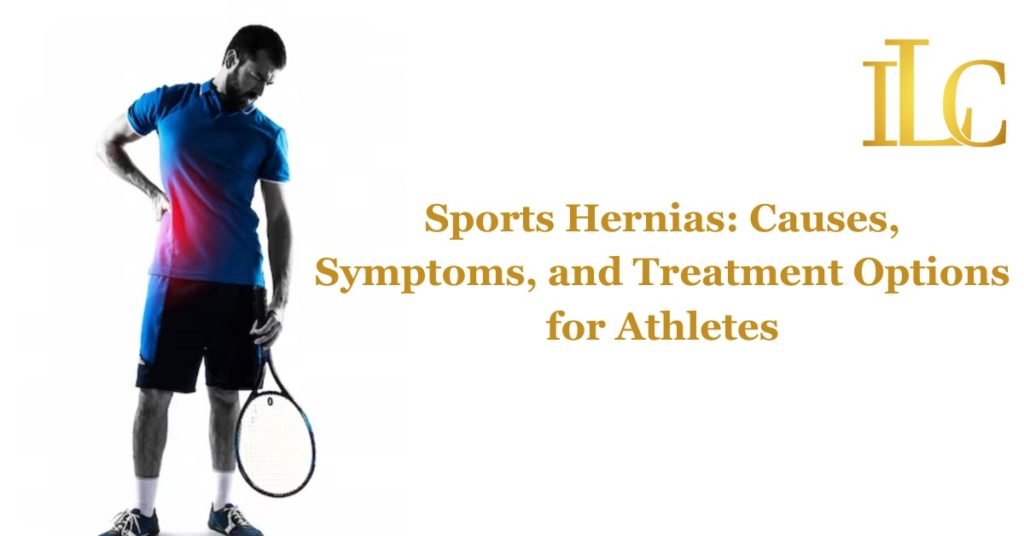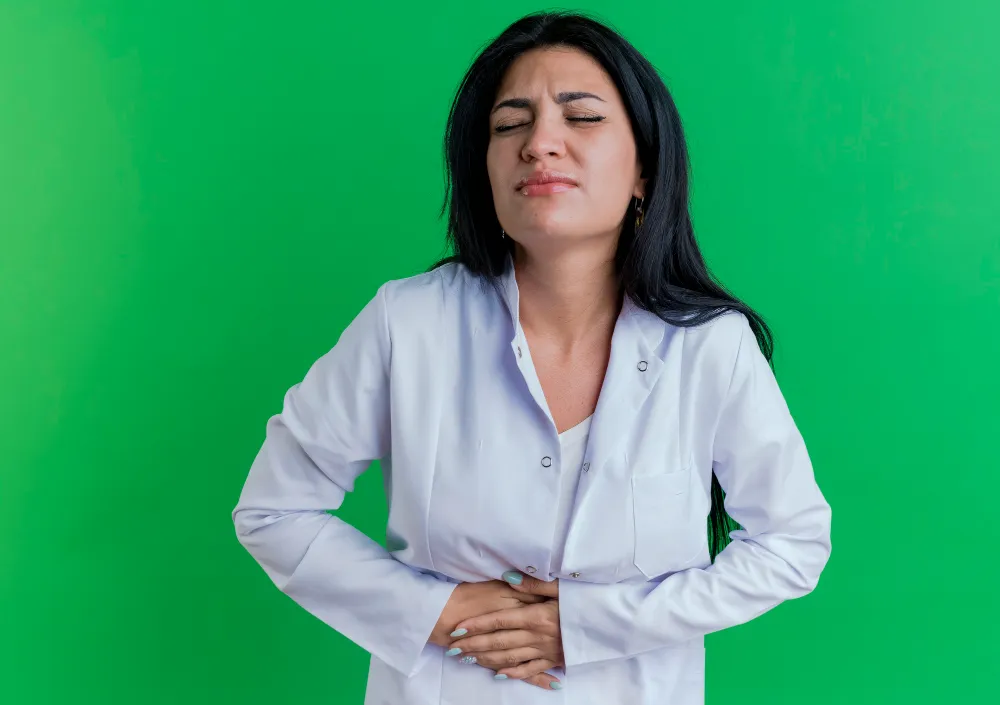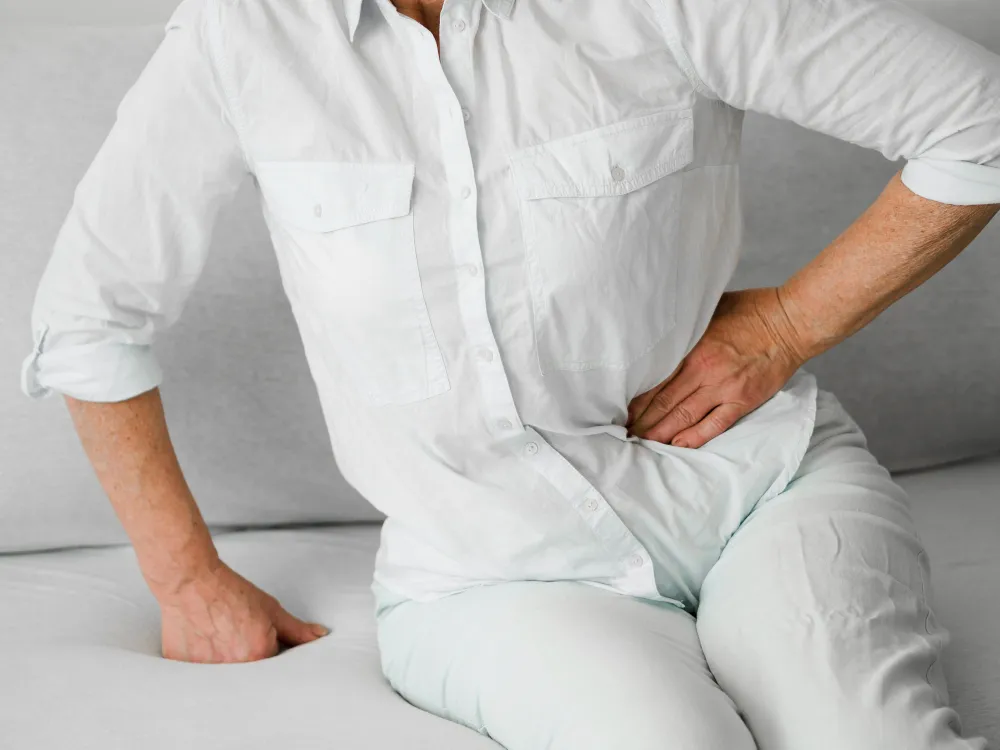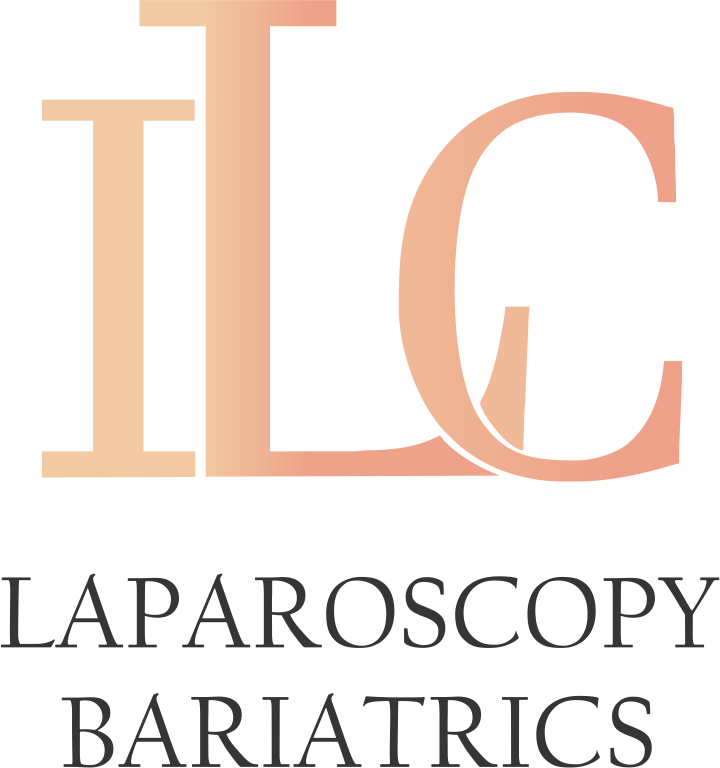Sports Hernias
Sports hernias, also known as athletic pubalgia, are a common injury among athletes, especially those who participate in sports that involve quick changes of direction or intense twisting movements. In this blog, we’ll discuss the causes, symptoms, and treatment options for sports hernias.
Causes of Sports Hernias
Sports hernia are often caused by repetitive stress on the groin area, particularly during sports that require quick movements or changes in direction. Some common causes of sports hernia include:
- Overuse of the muscles in the groin area
- Weakness in the muscles or tendons of the abdominal wall or pelvic region
- Improper technique during sports activities
- Muscle imbalances or poor conditioning
Symptoms of Sports Hernias
The symptoms of a sports hernia can vary depending on the severity of the injury. Some common symptoms include:
- Pain in the lower abdomen or groin area, particularly during sports activities or physical activity
- Tenderness or swelling in the affected area
- Difficulty with movement, such as twisting or turning
- Pain or discomfort when coughing or sneezing
Treatments of Sports Hernias
The treatment options for sports hernia can vary depending on the severity of the injury and the individual athlete’s needs. Here are some common treatment options for sports hernia:
Rest and physical therapy: In less severe cases, rest and physical therapy can be effective in managing the symptoms of a sports hernia. Physical therapy can help strengthen the muscles and improve flexibility in the affected area.
Pain management: Over-the-counter pain medications or prescription painkillers can be used to manage the pain associated with a sports hernia.
Surgery: In some cases, surgery may be necessary to repair the damaged tissues in the affected area. Surgery may involve repairing or strengthening the abdominal wall or pelvic floor muscles.
Prevention of Sports Hernias
While sports hernia can be difficult to prevent entirely, there are some steps athletes can take to reduce their risk of injury, including:
- Proper warm-up and stretching before physical activity
- A proper technique during sports activities, particularly those that involve quick movements or changes in direction
- Strengthening the muscles in the pelvic region and abdominal wall through exercises such as planks or squats
- Wearing appropriate protective gear, such as a supportive athletic cup or compression shorts
Conclusion
Sports hernias can be a painful and frustrating injury for athletes. By understanding the causes, symptoms, and treatment options, athletes can take the necessary steps to prevent and manage sports hernias effectively. If you suspect you have a sports hernia, be sure to consult with a hernia specialist doctor in Indore to determine the best course of treatment for your individual needs. So that you continue your sports journey without facing any hindrances in it.






